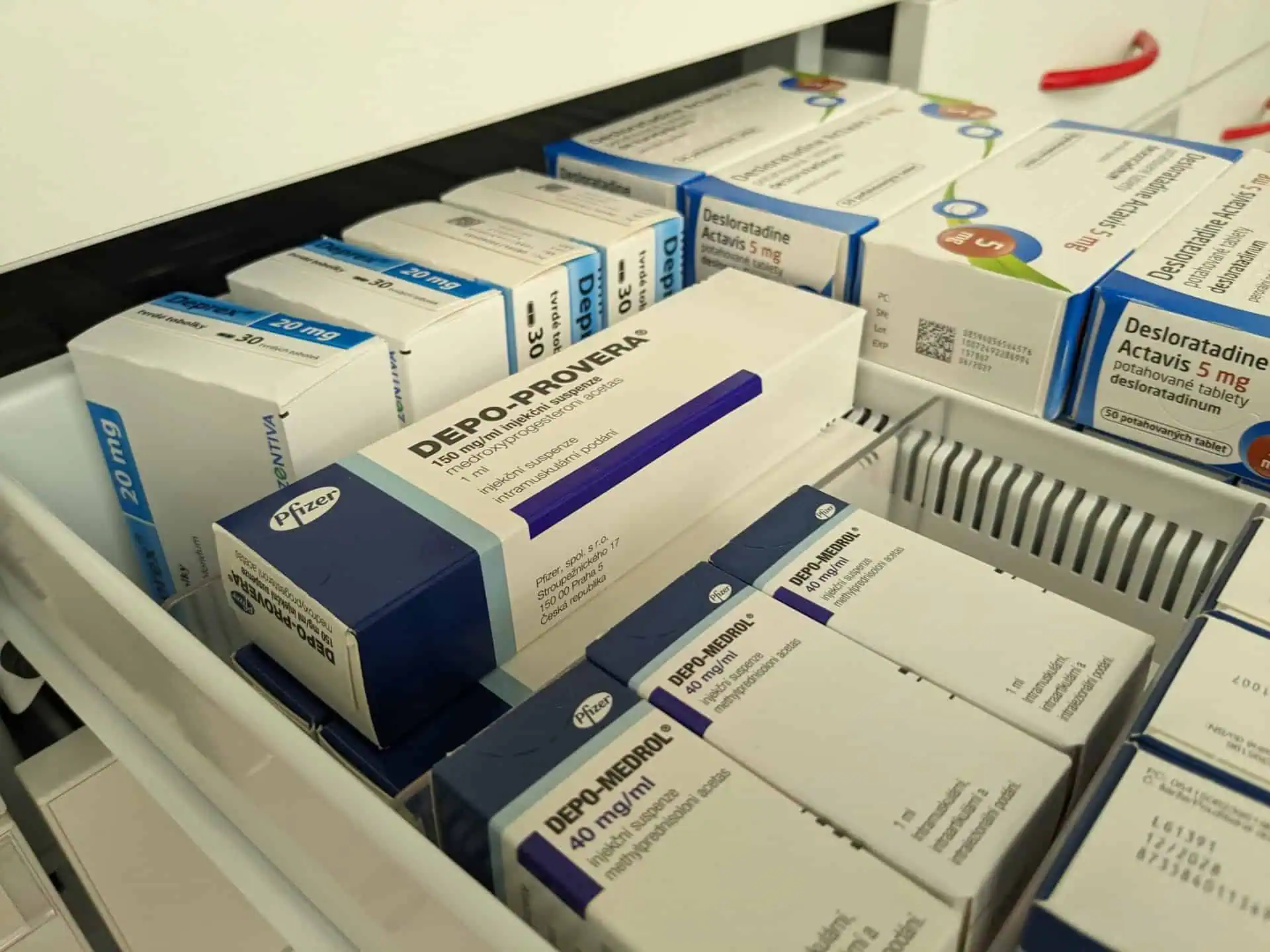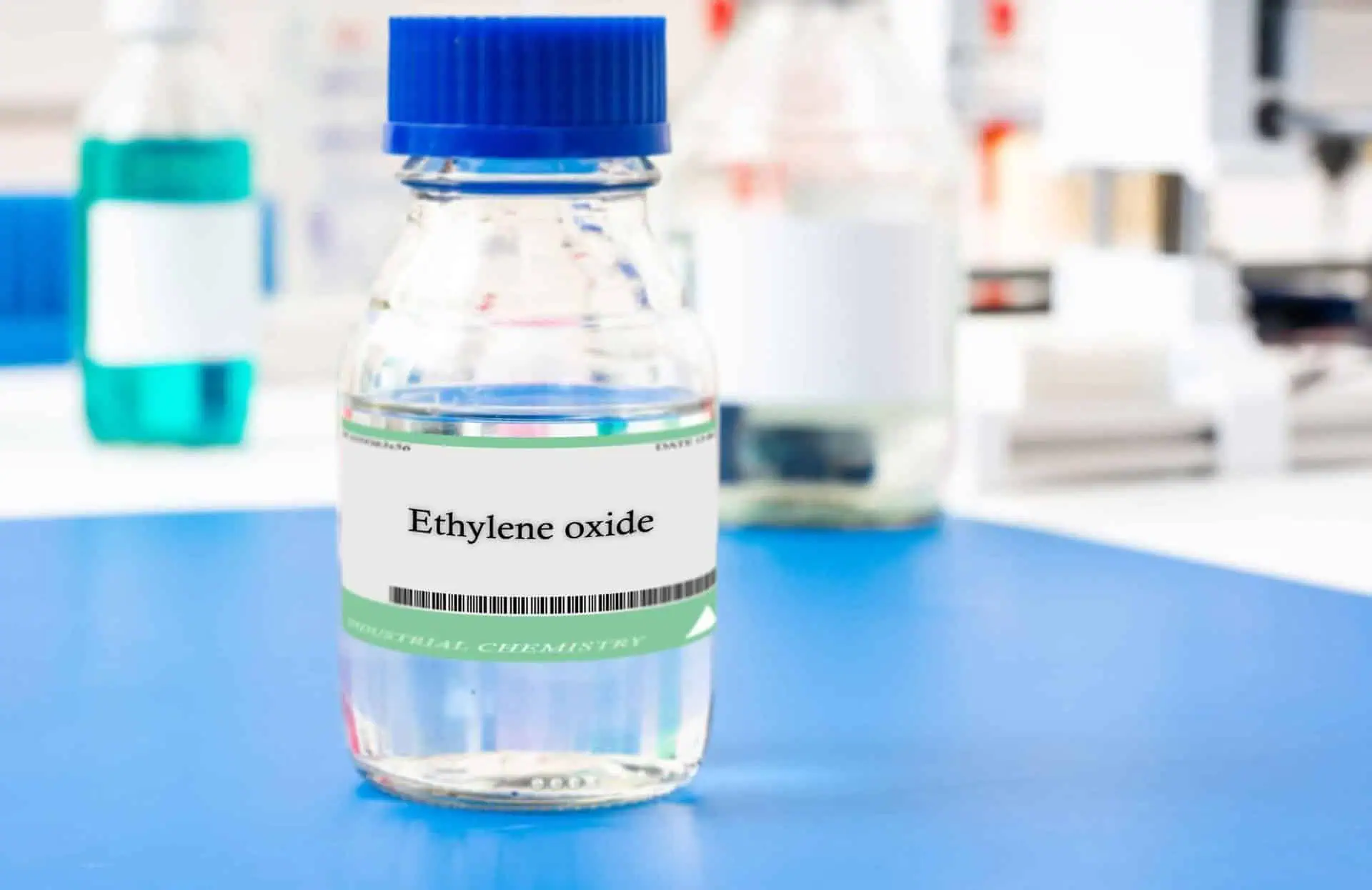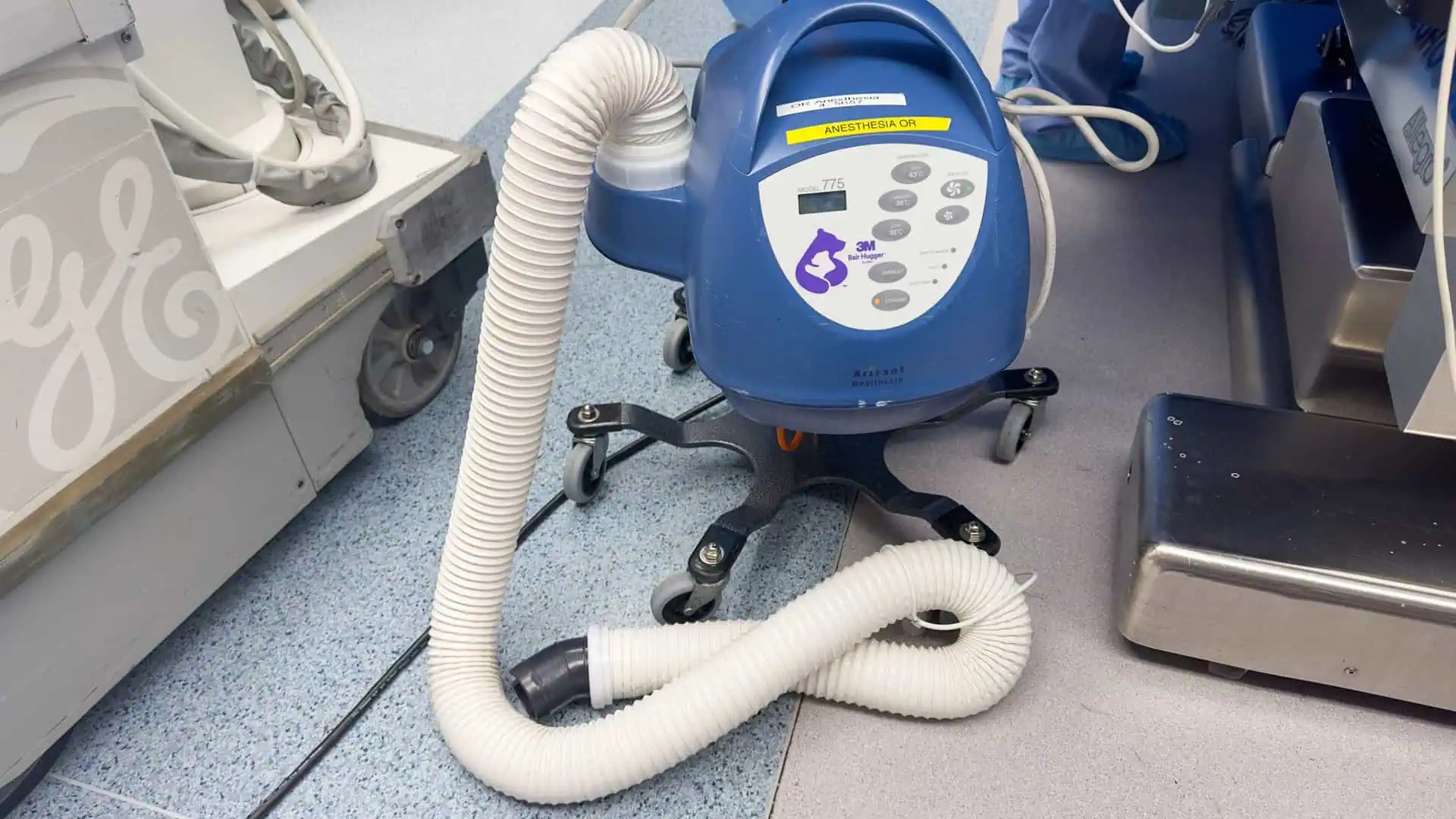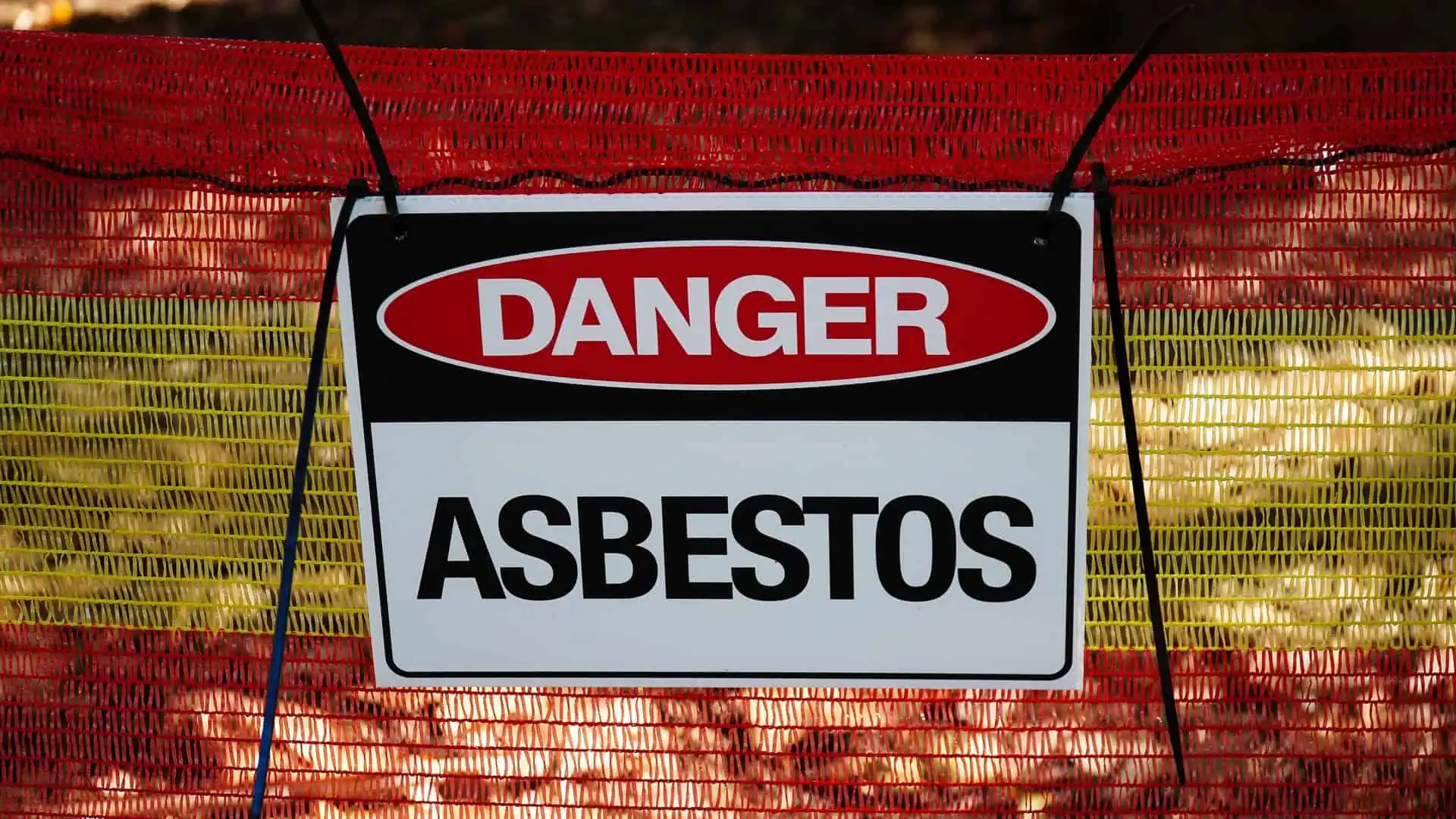How Do I Know If I Have Diacetyl Lung Damage?
- Last Updated: August 4th, 2023

Attorney Jessica Paluch-Hoerman, founder of TruLaw, has over 28 years of experience as a personal injury and mass tort attorney, and previously worked as an international tax attorney at Deloitte. Jessie collaborates with attorneys nationwide — enabling her to share reliable, up-to-date legal information with our readers.
Legally Reviewed
This article has been written and reviewed for legal accuracy and clarity by the team of writers and legal experts at TruLaw and is as accurate as possible. This content should not be taken as legal advice from an attorney. If you would like to learn more about our owner and experienced injury lawyer, Jessie Paluch, you can do so here.
Fact-Checked
TruLaw does everything possible to make sure the information in this article is up to date and accurate. If you need specific legal advice about your case, contact us by using the chat on the bottom of this page. This article should not be taken as advice from an attorney.
How Do I Know If I Have Diacetyl Lung Damage?
Bronchiolitis obliterans is a serious and potentially life-threatening lung disease commonly caused by inhaling diacetyl, a chemical used as an artificial food additive.
The chemical’s vapor is considered “hazardous” by OSHA.
Inhalation of diacetyl vapor is known to cause lung damage resulting in an illness named bronchiolitis obliterans.
Diacetyl vapor has been linked to numerous cases of bronchiolitis obliterans in popcorn production plant workers, earning it the nickname “popcorn lung.”
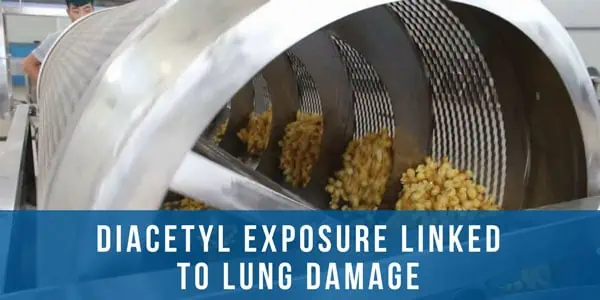
Bronchiolitis obliterans, or “popcorn lung”, causes chronic scarring and severe narrowing of the lung airways.
If left undiagnosed, continued exposure to diacetyl can cause irreversible lung damage requiring a lung transplant.
Table of Contents
Lung Damage From Diacetyl
It can take months to years for symptoms of lung damage to form after diacetyl fume exposure.
Common symptoms of bronchiolitis obliterans include dry cough, wheezing, shortness of breath, chest pain, and fatigue.
Because these symptoms are common among many chronic lung diseases, it is almost impossible to self-diagnose bronchiolitis obliterans.
If you show signs of any of these symptoms after possible exposure to diacetyl, contact a physician right away.
In addition to severe disability, bronchiolitis obliterans can be fatal.
Early detection of the disease is important and can minimize the possibility of serious treatment.
Because the symptoms are similar to those of many other chronic lung diseases, bronchiolitis obliterans is often misdiagnosed.
Many doctors diagnose bronchiolitis obliterans sufferers with asthma, allergies, COPD, bronchitis, or other lung diseases.
It is important to tell your physician if you believe that you have been exposed to diacetyl at work or even in your own home.
Common medical detection methods include lung capacity tests, biopsy, X-rays, or CT scans.
Pay careful attention to any of the symptoms mentioned in this article if you work in the food manufacturing industry.
TruLaw is talking to individuals diagnosed with bronchiolitis obliterans who believe they were diagnosed from workplace exposure to see if they qualify for a diacetyl lawsuit.
Diacetyl is a toxic chemical but research indicates that many similar chemicals manufacturers have used to replace diacetyl can cause the same lung damage.

Managing Attorney & Owner
With over 25 years of legal experience, Jessica Paluch-Hoerman is an Illinois lawyer, a CPA, and a mother of three. She spent the first decade of her career working as an international tax attorney at Deloitte.
In 2009, Jessie co-founded her own law firm with her husband – which has scaled to over 30 employees since its conception.
In 2016, Jessie founded TruLaw, which allows her to collaborate with attorneys and legal experts across the United States on a daily basis. This hypervaluable network of experts is what enables her to share the most reliable, accurate, and up-to-date legal information with our readers!
Here, at TruLaw, we’re committed to helping victims get the justice they deserve.
Alongside our partner law firms, we have successfully collected over $3 Billion in verdicts and settlements on behalf of injured individuals.
Would you like our help?
At TruLaw, we fiercely combat corporations that endanger individuals’ well-being. If you’ve suffered injuries and believe these well-funded entities should be held accountable, we’re here for you.
With TruLaw, you gain access to successful and seasoned lawyers who maximize your chances of success. Our lawyers invest in you—they do not receive a dime until your lawsuit reaches a successful resolution!
AFFF Lawsuit claims are being filed against manufacturers of aqueous film-forming foam (AFFF), commonly used in firefighting.
Claims allege that companies such as 3M, DuPont, and Tyco Fire Products failed to adequately warn users about the potential dangers of AFFF exposure — including increased risks of various cancers and diseases.
Depo Provera Lawsuit claims are being filed by individuals who allege they developed meningioma (a type of brain tumor) after receiving Depo-Provera birth control injections.
A 2024 study found that women using Depo-Provera for at least 1 year are five times more likely to develop meningioma brain tumors compared to those not using the drug.
Suboxone Tooth Decay Lawsuit claims are being filed against Indivior, the manufacturer of Suboxone, a medication used to treat opioid addiction.
Claims allege that Indivior failed to adequately warn users about the potential dangers of severe tooth decay and dental injuries associated with Suboxone’s sublingual film version.
Social Media Harm Lawsuits are being filed against social media companies for allegedly causing mental health issues in children and teens.
Claims allege that companies like Meta, Google, ByteDance, and Snap designed addictive platforms that led to anxiety, depression, and other mental health issues without adequately warning users or parents.
Transvaginal Mesh Lawsuits are being filed against manufacturers of transvaginal mesh products used to treat pelvic organ prolapse (POP) and stress urinary incontinence (SUI).
Claims allege that companies like Ethicon, C.R. Bard, and Boston Scientific failed to adequately warn about potential dangers — including erosion, pain, and infection.
Bair Hugger Warming Blanket Lawsuits involve claims against 3M — alleging their surgical warming blankets caused severe infections and complications (particularly in hip and knee replacement surgeries).
Plaintiffs claim 3M failed to warn about potential risks — despite knowing about increased risk of deep joint infections since 2011.
Baby Formula NEC Lawsuit claims are being filed against manufacturers of cow’s milk-based baby formula products.
Claims allege that companies like Abbott Laboratories (Similac) and Mead Johnson & Company (Enfamil) failed to warn about the increased risk of necrotizing enterocolitis (NEC) in premature infants.
Here, at TruLaw, we’re committed to helping victims get the justice they deserve.
Alongside our partner law firms, we have successfully collected over $3 Billion in verdicts and settlements on behalf of injured individuals.
Would you like our help?


